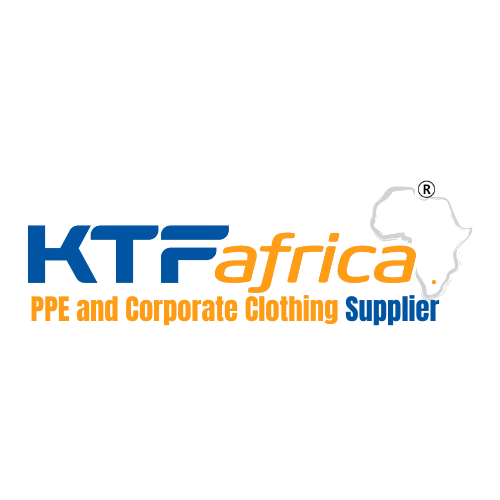HACCP Safety clothing
Understanding HACCP
HACCP uses seven basic principles in food safety identifying hazards, identifying limits and preventing problems through hazard control.
HACCP stands for Hazard Analysis Critical Control Point
The basic principles include:
1. Conducting a hazard analysis
2. Identify critical control points
3. Establish critical limits
4. Create monitoring procedures
5. create and implement corrective actions
6. Establish verification procedures
7. Record-keeping and documentation
A hazard is defined by the FDA as an item reasonably likely to cause harm, illness, injury in the absence of its control including chemical, biological and physical agents. An HACCP analysis is done to collect information regarding potential hazards, evaluating and deciding which information is significant.
Hazards are assessed according to the seriousness of the hazard, and planning is done accordingly as a protection of the people in the food industry and the public.


The HACCP process manages food safety from raw material production through all the processes to the finished product. Establishing Good Manufacturing Processes are the foundation for the development of plans which are applied as part of the safety practices.
Safety clothing is part of the food safety process in preventing illness, contamination or injury to staff, and the consumer. KTF Protective Clothing supplies protective gloves, HACCP white pants, goggles and safety shoes.
https://www.fda.gov/food/hazard-analysis-critical-control-point-haccp/haccp-principles-application-guidelines
